In the realm of tea culture, pouring tea is not merely an act of transferring liquid from one vessel to another; it is a ritual steeped in tradition, etiquette, and aesthetics. This ancient practice, which varies across cultures and regions, embodies a deep respect for the beverage, the host, and the guests. Mastering the art of pouring tea requires attention to detail, precision, and an understanding of the nuances that can elevate a simple drink into an experience. This guide aims to demystify the process and provide insights into how to pour tea with grace and finesse.
Understanding the Basics
Before diving into the intricacies of pouring tea, it’s crucial to grasp the fundamentals. The quality of the tea, the water used, the temperature, and the teaware all play pivotal roles in the final taste and aroma. High-quality loose-leaf teas offer the best flavor profile, while filtered or mineral water ensures a pure, untainted taste. The ideal water temperature varies depending on the type of tea; for instance, green teas require cooler water (around 70-80°C) to prevent bitterness, while black teas and oolongs thrive at higher temperatures (90-100°C).
Choosing the right teaware is equally important. Porcelain, clay, and glass teapots are popular choices, each imparting subtle flavors and maintaining temperature differently. A good teapot should have a spout designed for controlled pouring, minimizing drips and spills. Similarly, teacups or bowls should be of appropriate size, allowing for ample appreciation of the tea’s color and aroma.
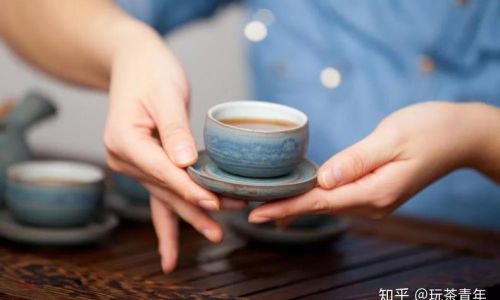
Preparing the Tea
The first step in pouring tea is preparing the leaves. This involves measuring the correct amount of tea leaves for the desired strength. Generally, one teaspoon of leaves per cup is a good starting point, but this can be adjusted according to personal preference. Pre-warming the teapot and cups with hot water not only maintains the temperature during brewing but also enhances the tea’s flavor by creating a sterile environment.
Once the teapot is warm, discard the water and add the tea leaves. Pour hot water over the leaves, ensuring they are fully submerged. The initial infusion, often referred to as the ‘rinse’ or ‘wake-up’ for stronger teas like pu-erh or oolong, helps to open up the leaves and release trapped dust or impurities without extracting too much flavor. This rinse water is then discarded.
Pouring Technique: The Gentle Touch
The art of pouring tea lies in the delicate balance between speed, control, and fluidity. A steady hand and a calm demeanor are essential. Begin by holding the teapot with both hands, one on the handle and the other supporting the base, to ensure stability. Position the spout close to the edge of the cup to minimize splashing and maintain the temperature of the tea.

Pour slowly and evenly, allowing the tea to cascade gently into the cup. This not only ensures an even distribution of flavor but also creates a visually pleasing experience. Avoid filling the cup to the brim; leaving some headspace allows for the aroma to develop fully. For multiple cups, pour consecutively, maintaining a consistent flow to avoid over-brewing any one serving.
The Ceremony of Sharing
In many tea cultures, pouring tea is a communal act, reflecting respect and hospitality. When serving guests, always begin with the eldest or most honored person present. Offer the first cup with both hands, a gesture of respect and humility. As the host, you may wish to taste the tea first to ensure it is to your satisfaction before serving it to others.
Throughout the ceremony, maintain a calm and focused demeanor, engaging in light conversation if appropriate. The act of sharing tea fosters connection and promotes a sense of harmony. Remember to refill cups as needed, paying attention to guests’ preferences and signals for more or less tea.
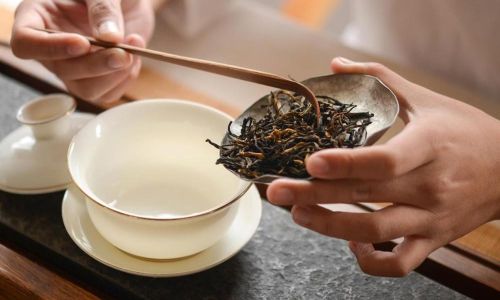
Concluding the Ritual
Once all have enjoyed their tea, the ritual concludes with a sense of fulfillment and relaxation. Clean up the teaware promptly, washing it thoroughly to remove any tea residue. This not only preserves the quality of future brews but also respects the tradition of maintaining cleanliness in tea practice.
In conclusion, pouring tea is a multifaceted art that combines precision, aesthetics, and cultural respect. By understanding the basics, mastering pouring techniques, and embracing the spirit of sharing, one can transform the simple act of brewing tea into a meaningful and enjoyable ceremony. Whether enjoyed alone or with friends, the art of pouring tea offers a moment of tranquility and connection, reminding us of the simple pleasures found in everyday rituals.
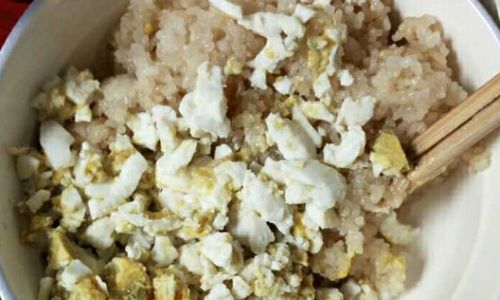
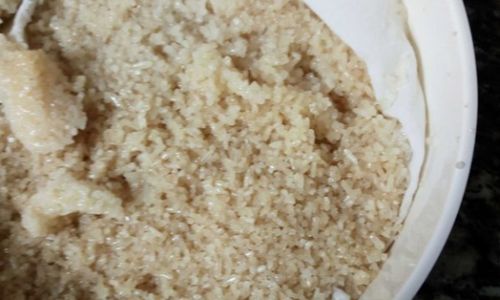
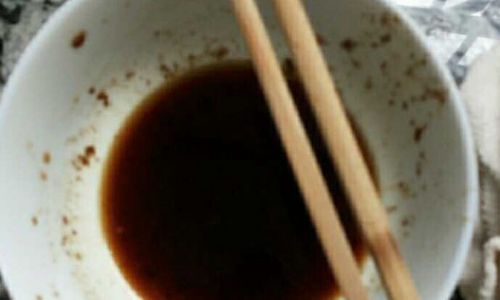

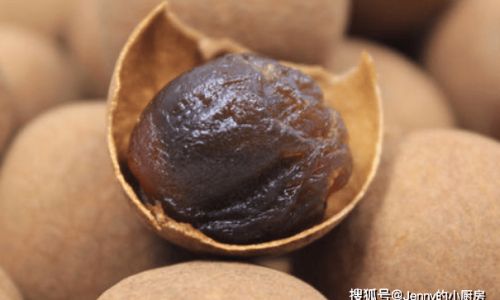
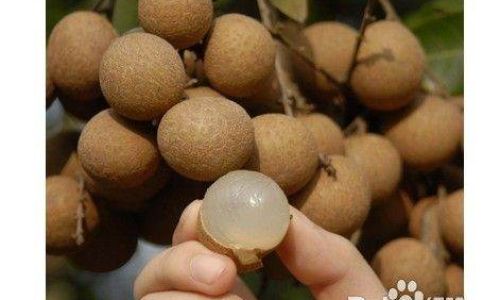
0 comments